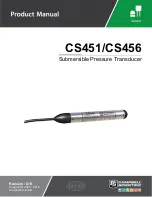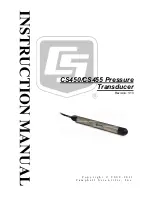
______________________________________________
HARRIS
888-9058-001
WARNING: Disconnect and lockout AC primary power prior to servicing
198
b.
Always use electrical solder with a rosin flux. Never use plumbing solder or
acid fluxes, which can cause copper to corrode. Start with clean, tinned leads,
which will minimize the need for flux. If it is necessary to use additional flux, use
as little as possible.
c.
Choose the correct soldering equipment for the job. Use tips that are the
appropriate size for the components involved. Use a grounded iron when
installing static sensitive components (most semiconductors).
d.
Choose a soldering temperature just hot enough to melt the solder quickly,
while as low as possible to prevent damage to the new components. An iron with
a temperature adjustment is best. Typical settings are:
650 F for small chip caps
750 F for RF FET tabs
800 F for coax cables and wiring on large pads.
e.
Make the new joint as mechanically sound as possible before making the
electrical solder connection. Provide mechanical strain relief for leads on
components which are flange-mounted.
f.
Clean all flux residue away from the area when finished. When working around
devices where thermal compound is used, be sure not to allow solvents to flow
between the device and the heat sink, which can cause the heat thermal compound
to dissolve.
g.
Be sure to search for and remove solder splashes, solder bridges, loose solder
wire or wire lead clippings, and screws before replacing the cover. Loose metal
inside the module can lead to short circuits, which can cause serious damage to
the module and possible injury.
















































